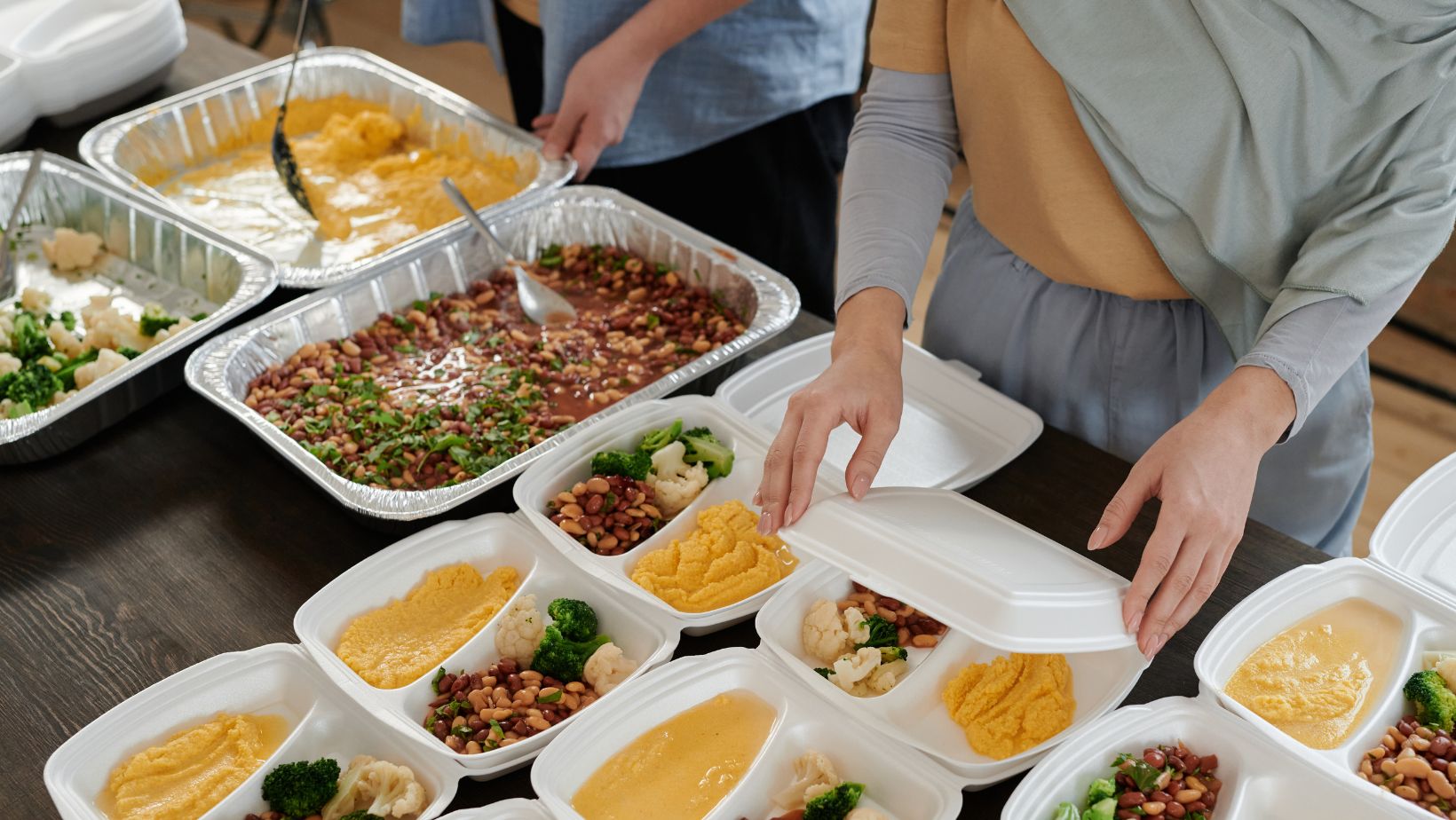In the cutthroat world of the food industry, even modest food items need packaging that does far more than encase contents; it is a marriage of practicality and marketing pull. Product repackaging business owners to understand food packing nuances can be life-changing and improve shelf appeal, shelf life, and safety of end consumers. This blog post covers the fundamental aspects of food packing, different types of packaging solutions, and how these are useful for your business.
Understanding Food Packing
Food packing is getting food products ready to be distributed and sold. This includes protecting food from contamination, spoilage, and damage and telling consumers about your spices. It is very important to keep fresh and safe food packing for the convenience of retailers and consumers.
The food packaging industry has changed significantly due to technology, material evolution, and consumer preferences. Now, food packing solutions cater to a broad spectrum, such as vacuum packing and modified atmosphere packaging. Prevalent these days is environmentally friendly packaging that meets various imposed specific food safety standards as well as customer preferences.
Types of Food Packing Solutions
Vacuum Packing
A food item is sealed in packaging by removing air, creating a vacuum seal. That process dramatically increases the shelf life of many perishable items as it decreases oxidation and stalls bacterial growth. A vacuum-packed product, such as meats, cheeses, and ready meals.
Modified Atmosphere Packaging (MAP)
MAP refers to modifying the gas composition of the surroundings, pack, and food. It uses nitrogen or carbon dioxide to replace oxygen, so filtering the specimens increases their shelf life. MAP is applied to fresh produce, deli meats, and prepared foods, and it helps the products stay fresh for longer.
Eco-Friendly Packaging
As environmental sustainability has become a growing concern, eco-friendly packaging types for different items are increasing. The trend nowadays is gravitating towards using biodegradable plastics, recycled paper, and plant-based materials to package food items.

Eco-friendly choices in packaging are likely to resonate with environmentally conscious customers and support efforts to meet regulations intended to combat the scourge of ocean plastic pollution.
Tamper-Evident Packaging
Tamper-evident packaging ensures consumer safety by signalling whether the product has been opened or interfered with. This packaging is important in fast food, sauces, etc., because it provides a safer type of food.
Labelling and Branding
Labelling nutritional information, expiration dates, and cooking instructions are provided as text on labels. In addition, attractive branding on packaging can attract consumer interest and set products apart from the competition.
The Benefits of Effective Food Packing
Extended Shelf Life
Adequate food packing extends the product’s shelf life. With the help of appropriate packaging methods, entrepreneurs can save a lot on inhibition and reduce the food wastage ratio. The more fresh foods you serve, the better your customer service rates, and you tend to be satisfied with the settings.
Consumer Safety
People consume food, and food safety is the most important issue in the food industry. Proper packing techniques reduce contamination risk, ensuring safe and hygienic products for buyers. This preserves not only the safety of the consumer but also shields the brand’s reputation.
Market Appeal
A bright design with all the necessary details is a powerful weapon for attracting attention to your goods on the shelf. Such packaging also helps sales; it adds a bit of customisation by raising brand awareness.
Convenience for Consumers
Modern consumers demand ease of use. Flexible packaging will also continue introducing cutting-edge solutions, like resealable pouches or single-serve containers, that better suit rushed life forms.

Packing solutions that are convenient for businesses to maintain most likely cater to consumer convenience.
Regulatory Compliance
Food products are defined as items subjected to a vast body of labelling, safety, and hygiene regulations. Knowing and following these regulations in the packing process prevents legal mishaps.
Practice for Food Packing
Choose packaging materials that fit your product and market requirements and determine the desired barrier properties, sustainability, and cost levels. Benefit from the advancements and automated innovations in packing machinery or automation, which have significantly decreased labour costs and made the packing process more efficient and less prone to errors.
Furthermore, periodic quality checks should be conducted to detect the packed products’ safety and health hazards to prevent potential issues before product distribution. Lastly, stay aware of market trends, which fluctuate with industry and consumer desires, so you can change your packing strategy in line with the new requirements and benefit from evolving markets.
Conclusion
Food packing is an art and a science that business owners engaged in product repackaging must learn. Whether the products within are enfolded cardboard, plastic film, or any other mode of food packaging, packaging is critical to marketing and consumer satisfaction, as well as the safety and quality of the product. With the right packing solutions and welcome practices, businesses can elevate their market standing, satiate consumer appetite, and increase profits. In this ever-changing food industry, keeping updated will mean the difference between staying alive or dying with the rest.

























